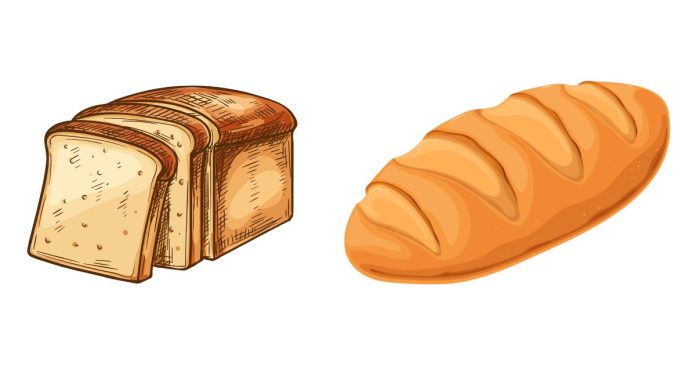Have you ever wondered: Why can’t Subway call their bread ‘bread’ anymore? It might seem odd at first, but there’s an interesting legal and regulatory reason behind this shift. Subway, the popular sandwich chain, used to label its sandwich bread simply as “bread,” but a recent court ruling has changed that. In this blog post, we’ll explore why Subway can no longer refer to its bread as “bread” and what this means for the chain and its customers.
The Legal Battle: Why Did the ‘Bread’ Label Change?
The issue began when Subway’s bread came under scrutiny by the Irish courts. The case revolved around the company’s use of sugar and other ingredients in their bread that made it different from what is traditionally considered “bread” according to food laws.
In 2020, the Supreme Court of Ireland ruled that Subway’s bread didn’t meet the definition of “bread” under Irish law. The ruling specifically pointed out that Subway’s bread contained a high amount of sugar — about 10% of its flour weight — which exceeded the threshold set by the tax laws for what could be classified as “bread.” According to the ruling, in Ireland, bread must have a lower sugar content to qualify for a tax exemption that is typically granted to bread products.
What Does This Mean for Subway’s Bread?
In simple terms, Subway’s bread was too sweet to be legally classified as bread in the eyes of the Irish tax authorities. Bread is typically exempt from certain taxes in many countries, including Ireland, as it’s considered a staple food. However, because Subway’s bread contains more sugar than allowed by the rules, it was reclassified as a confectionery product under the law. This reclassification has financial implications, such as additional taxes that the company would need to pay.
Subway’s bread still looks and tastes the same, but it’s now officially considered something different when it comes to food regulations. The ruling has prompted the company to adjust its branding and marketing to comply with these regulations.
What Are the Ingredients That Led to the Ruling?
Subway’s bread is made with a combination of flour, yeast, water, salt, and sugar. However, the amount of sugar used in Subway’s bread exceeded the legal threshold for what qualifies as “bread.” In fact, the sugar content was so high that it made the bread more akin to cake or pastries under the law.
- Sugar Content: The sugar in Subway’s bread played a central role in the legal decision. Under Irish law, bread must have a minimal amount of sugar to retain its classification as “bread.”
- Other Ingredients: Other ingredients, such as preservatives and flavorings, may have also contributed to the confusion over the bread’s classification.
What Does This Mean for Subway Customers?
For customers, the bread still tastes the same, but the labeling will change. Subway may no longer refer to their sandwich bread as “bread” in some markets, especially in places like Ireland where food regulations are strict. Instead, they may have to label it as a “bread product” or use other descriptive terms to avoid legal complications.
However, this reclassification is mainly relevant in countries with strict food and tax laws, and it doesn’t necessarily impact the bread’s quality or taste in other regions. For Subway lovers outside of Ireland, the bread might still be called “bread,” but it’s important to note that food regulations could differ depending on where you are.
What Does This Case Say About Food Regulations?
This case highlights how food regulations can influence how products are labeled and marketed. It also underscores how different countries have specific standards for what can be classified as “bread.” While Subway’s bread may still be technically bread in the traditional sense, laws regarding food ingredients, sugar content, and taxation can force companies to adjust their products and labels to stay in compliance.
The case also raises questions about what constitutes “real” bread and how various additives and ingredients affect a product’s classification. It brings to light how complex food laws can be and how they can shape the way we think about everyday items like bread.
Subway’s ‘Bread’ Controversy Explained
In conclusion, Subway can no longer call their bread ‘bread’ in certain jurisdictions due to a ruling that the bread contains too much sugar to meet legal definitions. While this doesn’t change the taste or texture of the bread, it does have significant implications for how the company markets and sells its sandwiches, especially in countries with strict food regulations like Ireland.
So, the next time you enjoy a Subway sandwich, you might notice that the bread is labeled differently, but rest assured, it’s still the same soft and delicious base for your favorite fillings. It’s just that the legal world has caught up with the ingredients list!


